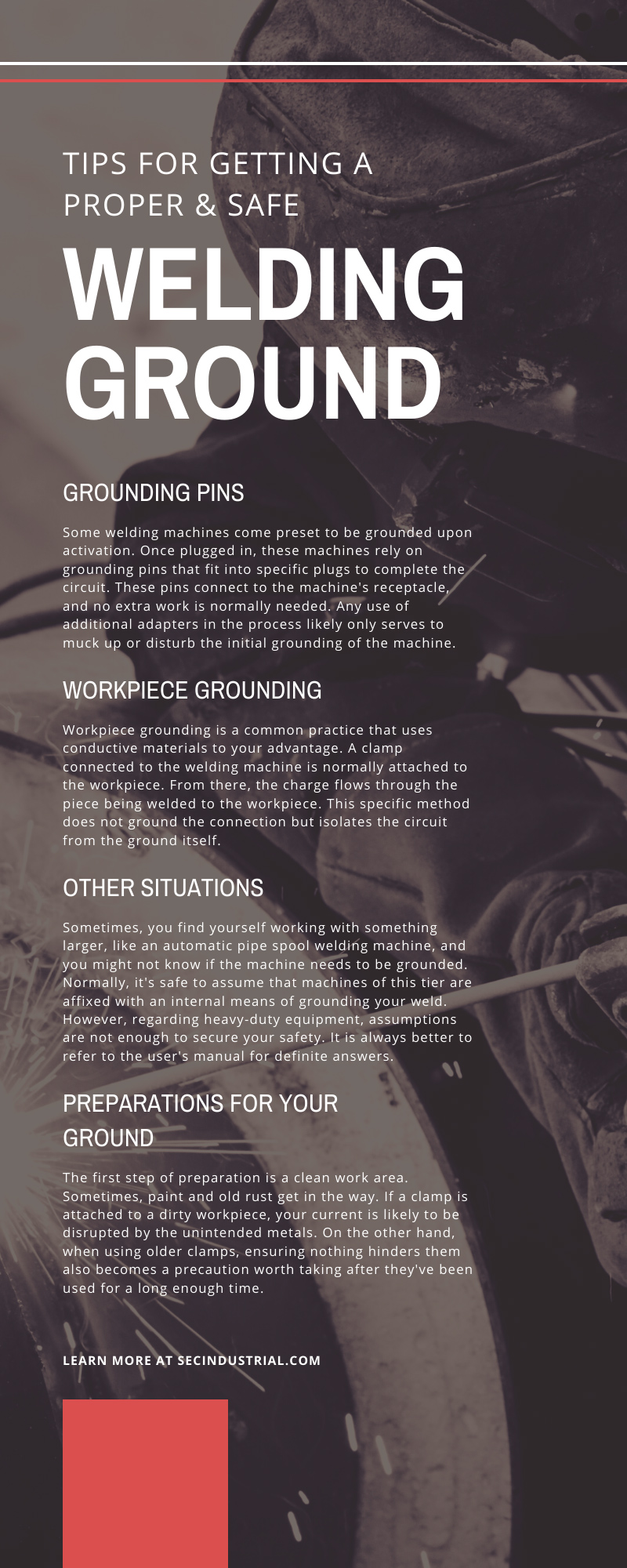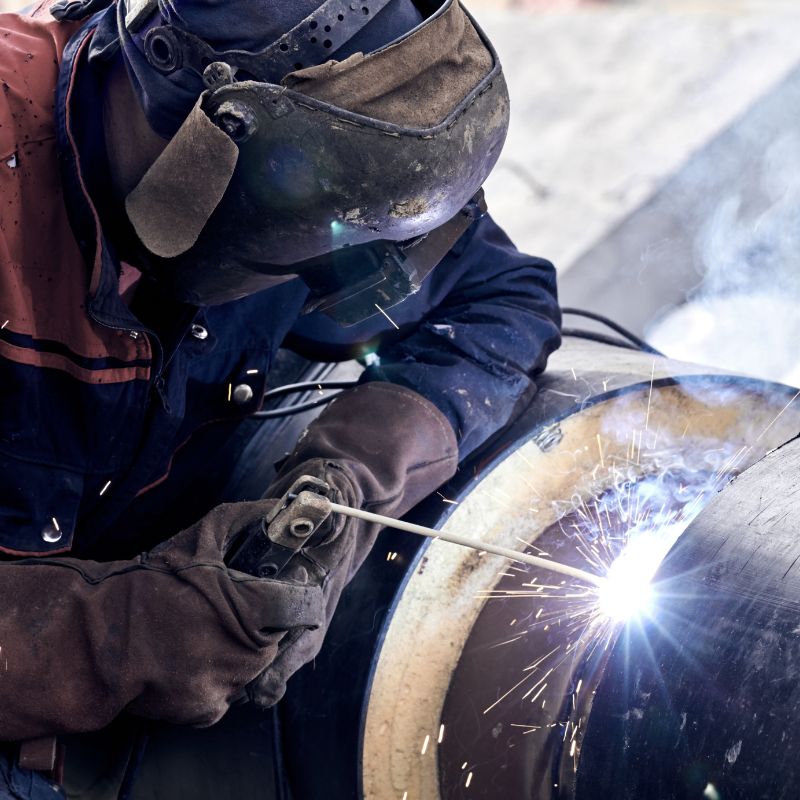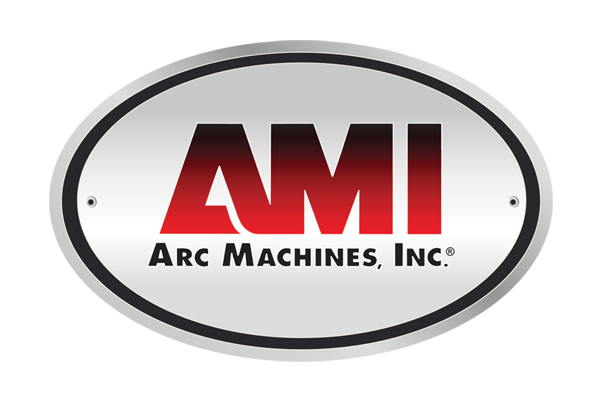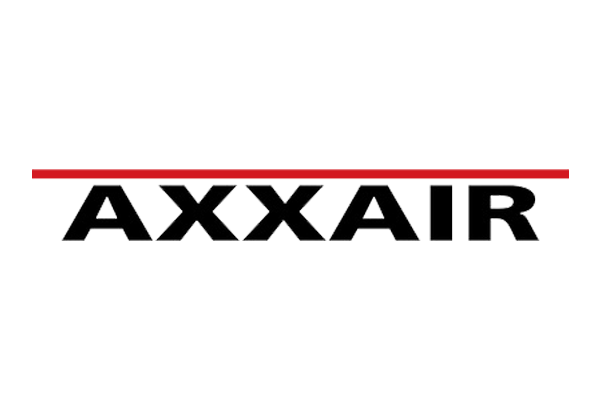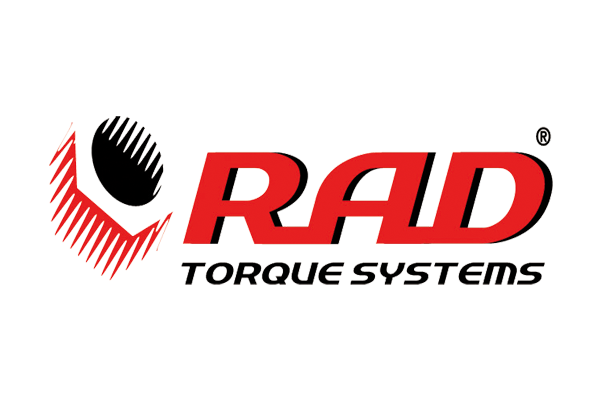Tips for Getting a Proper & Safe Welding Ground
Welding has many intricacies, and it is not all that surprising when some of them go over people’s heads. However, it is important to understand everything down to the last detail, as the results sometimes damage the quality of your work or health. While there are strategies to performing good welds and methods that aid in retaining those standards, the simpler things are sometimes best improved upon. These are a few tips for getting a proper and safe welding ground to keep your work high-quality. The last thing you want is to be responsible for a job gone wrong.
Why Grounding Is Necessary
Before getting into the specifics of the best methods to ensure a good ground, it’s essential to understand why it needs to be done correctly each time. When welders set up their workstations, they need to complete the circuit to produce the arc for welding. This process is in place in order to ensure both the safety of the welder and their work. Without a closed circuit, the operation of equipment is less reliable overall. As a result, the amount of power potentially fluctuates, increasing the chance of damage to your equipment and making it more vulnerable.
One of the biggest reasons grounding your welder is so necessary is the physical risk it has the potential to cause. Electrical fires are no joke. With fumes all over the workplace or potential chemicals on the floor, the risk increases the less clean the work area is. Aside from fires, electrical shock is also a possibility. Most people prefer not to be electrocuted while working, and grounding the welder beforehand is one of the best ways to prevent it.
How To Ground the Welder
While a weld can occur without the grounding step, it is heavily advised to still go through the precautions. With less control of the current, the more likely it is for an unwanted incident to occur. When grounding the welder, there are a few main components to remember. The welding machine is best placed in a secure spot from which it is not likely to move. As the main source of the rest of the components, it has the highest potential of changing the weld outcome if it moves around too much.
Two wires come from the welding machine: the gun cable and the work clamp. The work clamp is responsible for holding itself as close to the workpiece as possible. This ensures that as few obstacles as possible obstruct the circuit being formed. The gun cable normally holds the arc and operates above or in front of the workpiece. While the basic organization of this system sounds easy, it sometimes varies depending on the welding method used.
Grounding Types
While the concept of grounding is fairly standard, there are several ways to get the same job done. Various types of grounding have their setups, advantages, and disadvantages. For the sake of safety, the main purpose remains to add an extra layer of control for the worker to do their job properly.
Grounding Pins
Some welding machines come preset to be grounded upon activation. Once plugged in, these machines rely on grounding pins that fit into specific plugs to complete the circuit. These pins connect to the machine’s receptacle, and no extra work is normally needed. Any use of additional adapters in the process likely only serves to muck up or disturb the initial grounding of the machine. While this type is usually reserved for smaller machines, it does the job and is easy to use.
Workpiece Grounding
Workpiece grounding is a common practice that uses conductive materials to your advantage. A clamp connected to the welding machine is normally attached to the workpiece. From there, the charge flows through the piece being welded to the workpiece. This specific method does not ground the connection but isolates the circuit from the ground itself.
Other Situations
Sometimes, you find yourself working with something larger, like an automatic pipe spool welding machine, and you might not know if the machine needs to be grounded. Normally, it’s safe to assume that machines of this tier are affixed with an internal means of grounding your weld. However, regarding heavy-duty equipment, assumptions are not enough to secure your safety. It is always better to refer to the user’s manual for definite answers. However, specifically with pipe spool welding machines, it is not the machine that requires grounding, but the pipe itself. Work clamp extenders come in handy for those specific situations and essentially treat the pipe as a workpiece instead of a table or a piece of metal.
Preparations for Your Ground
While those are only a few examples of how to get a grounded setup going, there is more to know when it comes to accomplishing the task safely. Preparation is ideal for your weld when it comes to the grounding process. The first step of preparation is a clean work area. Sometimes, paint and old rust get in the way. If a clamp is attached to a dirty workpiece, your current is likely to be disrupted by the unintended metals. This results in a weaker weld overall.
On the other hand, when using older clamps, ensuring nothing hinders them also becomes a precaution worth taking after they’ve been used for a long enough time. Poorly maintained welding clamps have the same potential of leaking the current from your machine and giving inaccurate readings and power. This often speeds up the existing damage on your clamps and reduces their use even more.
The job of welding is one that consists of skill, knowledge, and practice. When it comes to your reputation, there is not a lot of wiggle room when it comes to the quality of your work. The more you are able to keep your work conditions consistent, the less likely you are to run into welding troubles on the job. By considering these tips for getting a proper and safe welding ground, you protect yourself and those around you without risking unnecessary danger. Everyone is better off in the end when welders follow proper procedures.
